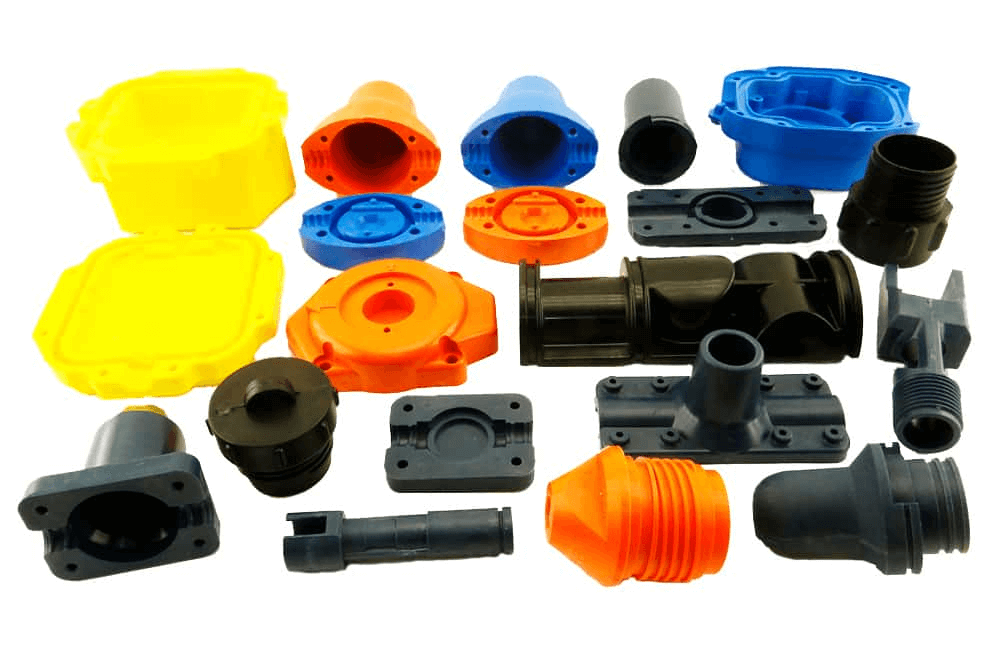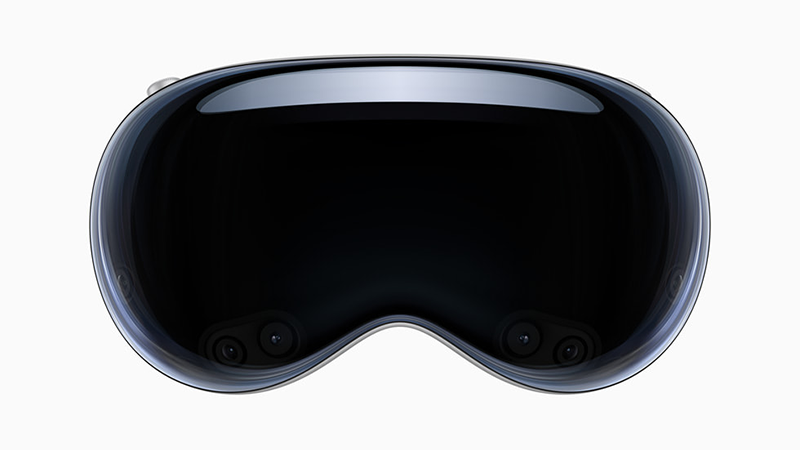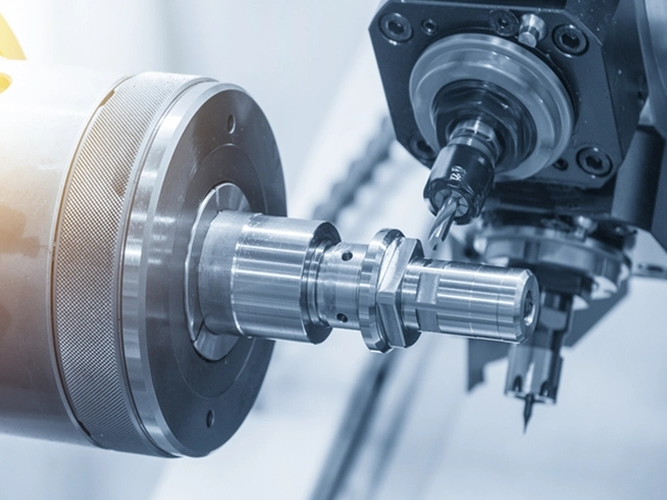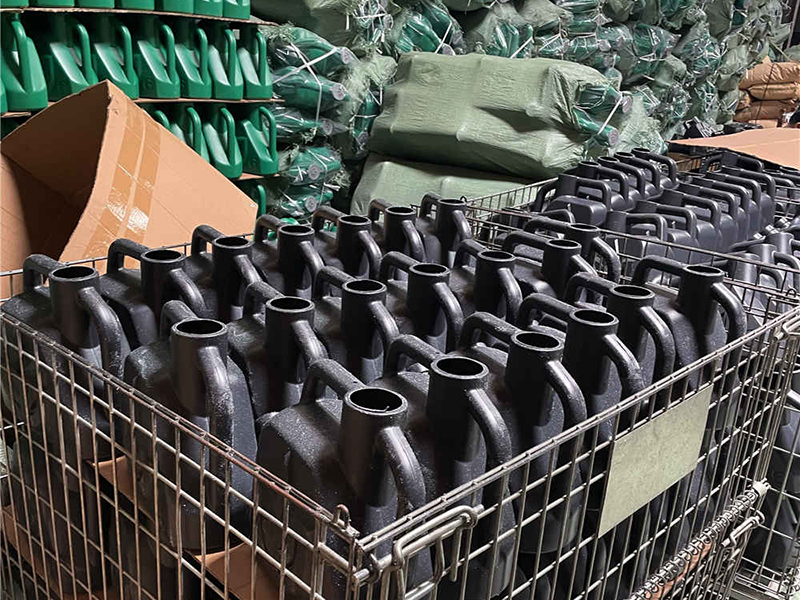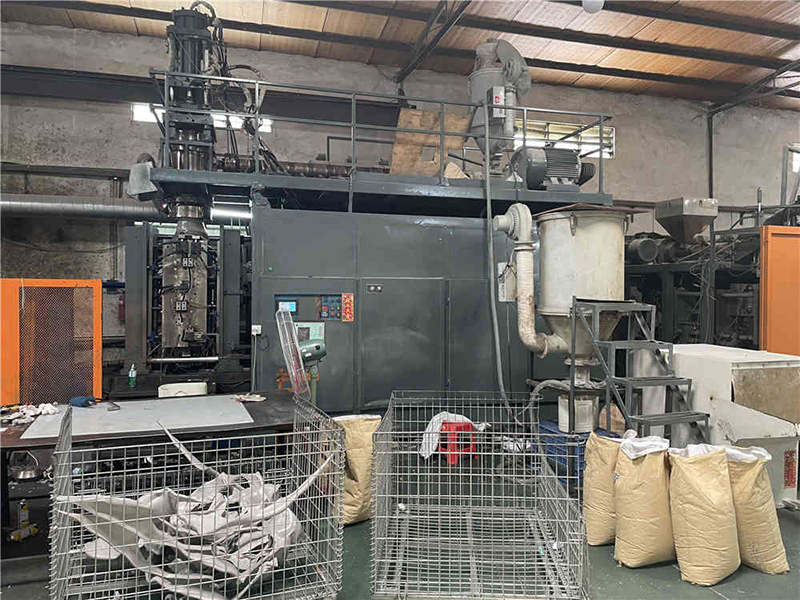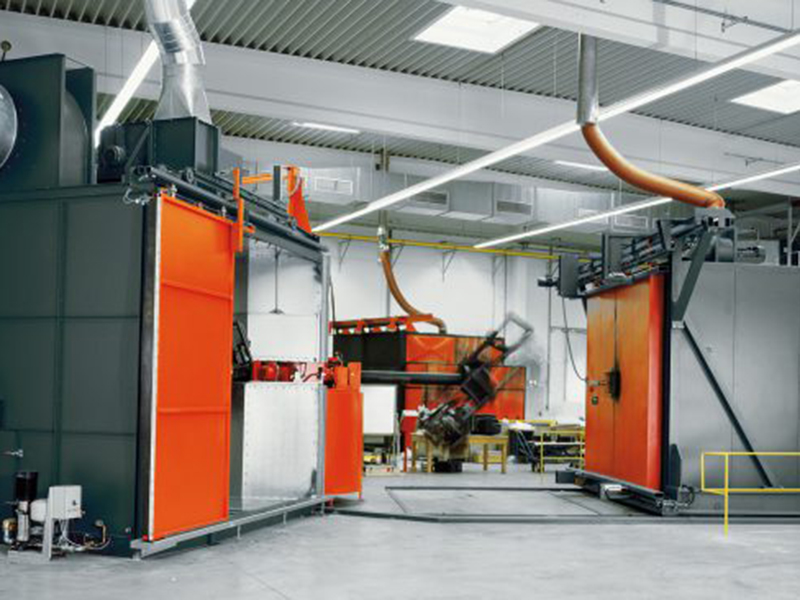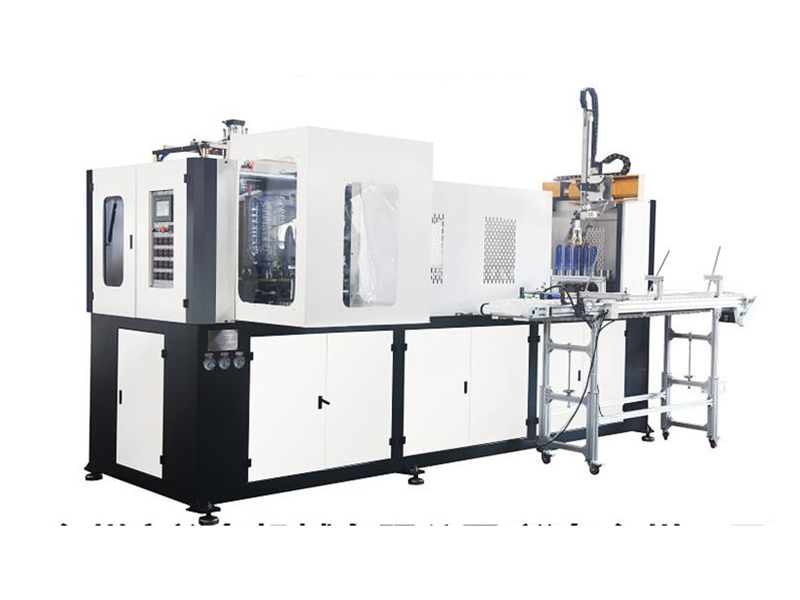How to quickly understand the key points of the injection molding process
The injection molding process, a common plastic production method, is the primary way to process thermoplastic and thermosetting plastics, producing a wide range of plastic components. With its efficiency and precision, it has revolutionized the field of plastic production. Through its fundamentals, technical features, process workflows, and potential pitfalls, this indispensable plastic production technique is aimed at providing a comprehensive understanding.
Firstly, let's delve into the underlying principles of injection molding. This process entails injecting molten plastic into a mold under pressure and cooling. The cycle involves several critical stages like closing the mold, injecting the plastic material, holding it in place, cooling it down, opening the mold, ejecting the product, etc. At each stage, carefully designed cooling systems are imperative. Incorrectly implemented designs can lead to decreased productivity, elevated costs, and uneven cooling, culminating in warped products.
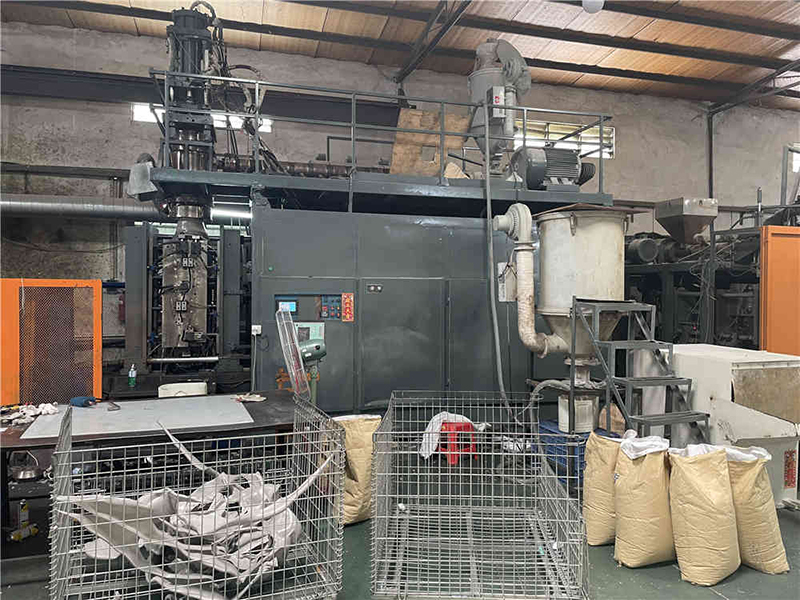
Secondly, the injection molding process presents several unique advantages. Primarily, this technology can generate complex shaped and measured parts at high speed and consistently. Secondly, it offers a plethora of molds that can be tailored according to the specific requirements of any given project. Furthermore, injection molding process affords significant flexibility to modify factors such as injection pressure, speed, holding time, cooling times, exhaust vents, gate location to improve part quality.
Now, let us explore some of the potential downsides of injection molding. These may include incomplete filling (or chip), color differences, deformation, adhesions, and stripped edges due to insufficient mold ventilation, excessive raw materials moisture or inadequate mold temperature, excessively high injection pressure, or overshot melt temperature. Misaligned process parameters can also produce flow marks, shrinkage, burning, stripped edges, cold chip marks, fused seams, flow marks, deformations, adhesion to the mold, cuts off the gate, etcetera.
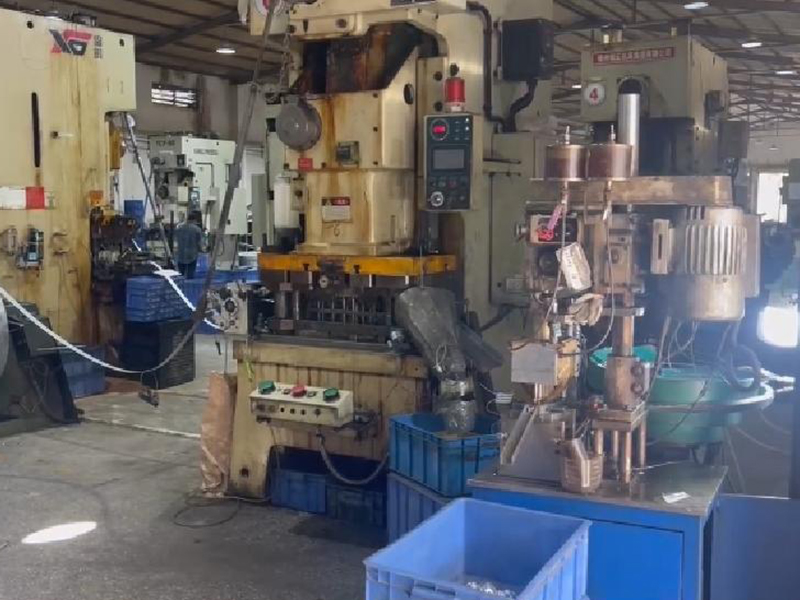
In conclusion, injection molding serves greatly as a crucial plastic production method. Grasping its core concepts, technical specifications, and execution flow, alongside ensuring avoidance of potential issues, will significantly boost your productivity and product quality.
Stay tuned for further updates!


